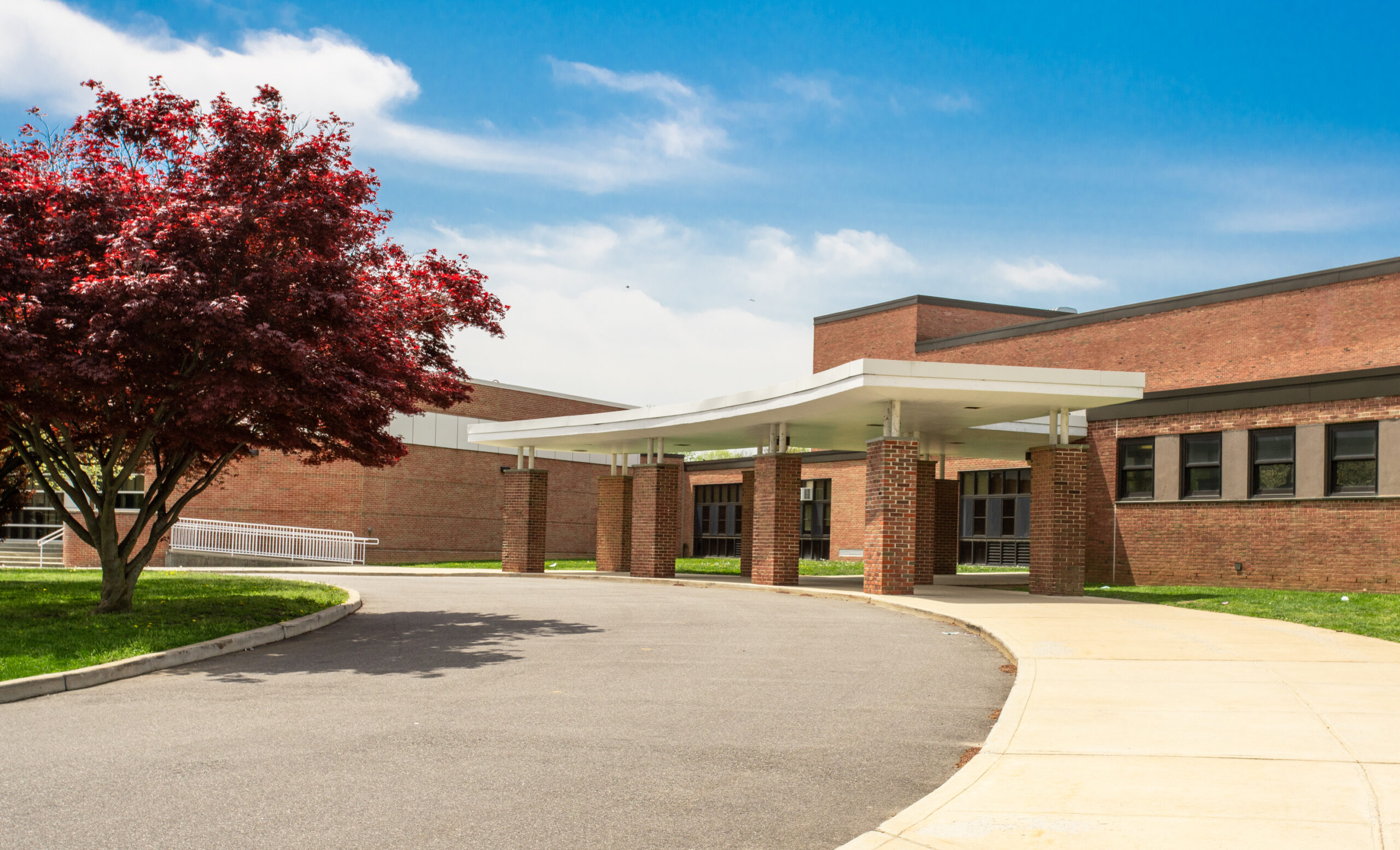School field trips are an essential part of the educational experience, offering students valuable opportunities to learn outside the classroom. However, organizing and managing these excursions come with inherent risks and liabilities that schools must address to ensure the safety and well-being of students and staff. In this article, we will explore the various liability risks associated with school field trips and provide practical tips for managing them effectively.
Risk Assessment and Planning
Before embarking on any field trip, schools must conduct a thorough risk assessment to identify potential hazards and liabilities. Consider factors such as transportation safety, destination risks, student behavior management, and emergency preparedness. Develop a comprehensive field trip plan that outlines safety protocols, emergency procedures, and communication strategies.
Transportation Safety
One of the primary areas of concern during school field trips is transportation safety. Whether students are traveling by bus, van, or other modes of transportation, schools must ensure that vehicles meet safety standards and that drivers are properly licensed and trained. Implement seatbelt policies, conduct vehicle inspections, and establish protocols for loading and unloading students to minimize the risk of accidents and injuries.
Supervision and Student Behavior
Effective supervision is critical to managing liability risks during school field trips. Assign adequate chaperones to accompany students and maintain appropriate student-to-adult ratios. Educate chaperones on their roles and responsibilities, including monitoring student behavior, enforcing rules, and responding to emergencies. Establish clear expectations for student conduct and consequences for inappropriate behavior to mitigate the risk of accidents and incidents.
Emergency Preparedness
Schools must be prepared to respond to emergencies and unforeseen circumstances during field trips. Develop emergency response plans that address medical emergencies, natural disasters, and other potential threats. Ensure that all staff and chaperones are trained in first aid and CPR, and carry emergency contact information for students and parents. Communicate emergency procedures to all participants and rehearse drills to ensure a swift and coordinated response in crisis situations.
Parental Consent and Communication
Obtaining parent/guardian consent is essential before students participate in field trips. Provide parents/guardians with detailed information about the trip itinerary, activities, transportation arrangements, and safety precautions. Communicate any potential risks or hazards associated with the trip and address any concerns or questions raised by parents. Establish clear lines of communication between school staff, chaperones, and parents/guardians throughout the duration of the field trip to keep everyone informed and updated.
School field trips offer valuable learning experiences for students, but they also present liability risks that schools must manage effectively. By conducting thorough risk assessments, implementing safety protocols, and maintaining open communication with all stakeholders, schools can minimize liabilities and ensure safe and successful field trip experiences for all participants.
For more ways to keep your school safe, contact INSURICA today.
This article is for informational purposes only and does not constitute legal advice. Schools should consult with legal professionals to address specific liability concerns and ensure compliance with applicable laws and regulations.
About the Author
Share This Story
Related Blogs
Visitor Check-In and Access Control Best Practices
Visitor check-in and access control best practices are essential [...]
Making an Acquisition? Why the EMOD Shouldn’t Be Overlooked
When acquiring another company, there’s no shortage of factors to consider. From valuing physical assets to estimating potential synergies, the due diligence process can be complex. However, one critical element often overlooked is the EMOD.
2026 Employer Mandate Update
In July 2025, the IRS released new guidance increasing both the affordability percentage and penalty amounts under the Affordable Care Act’s employer mandate for the 2026 plan year. These changes will affect how Applicable Large Employers (ALEs) determine affordability and assess compliance risk moving into the next benefits cycle.







